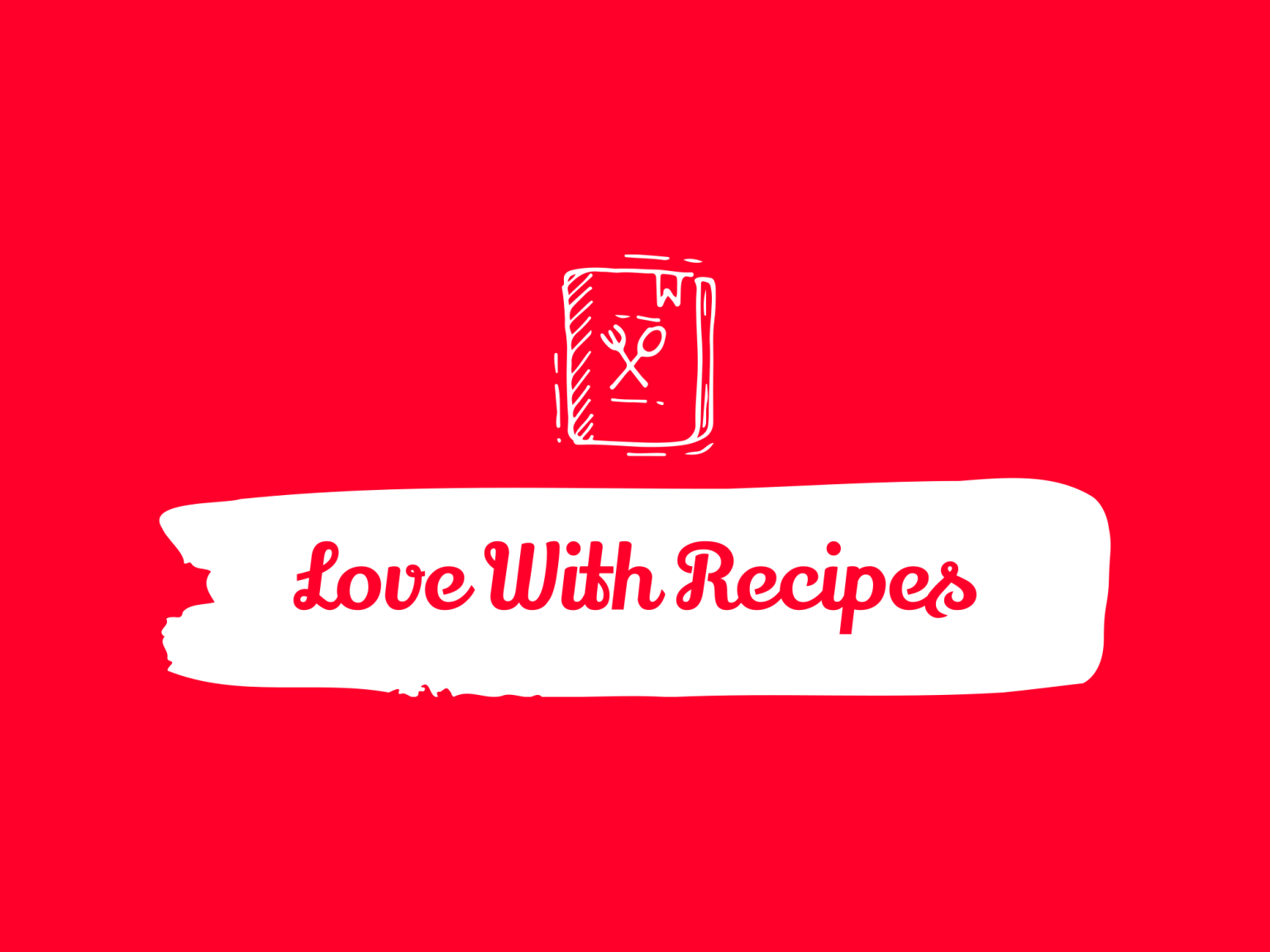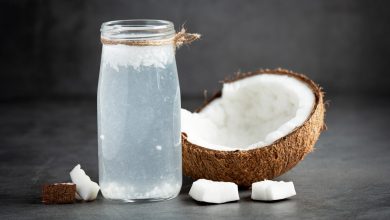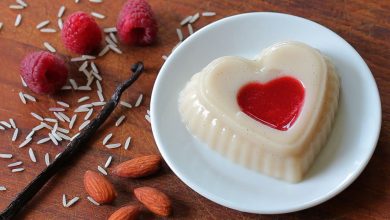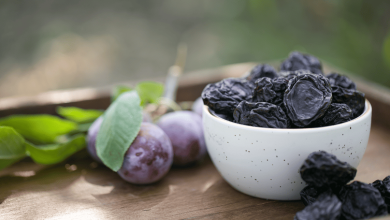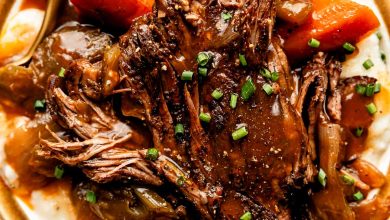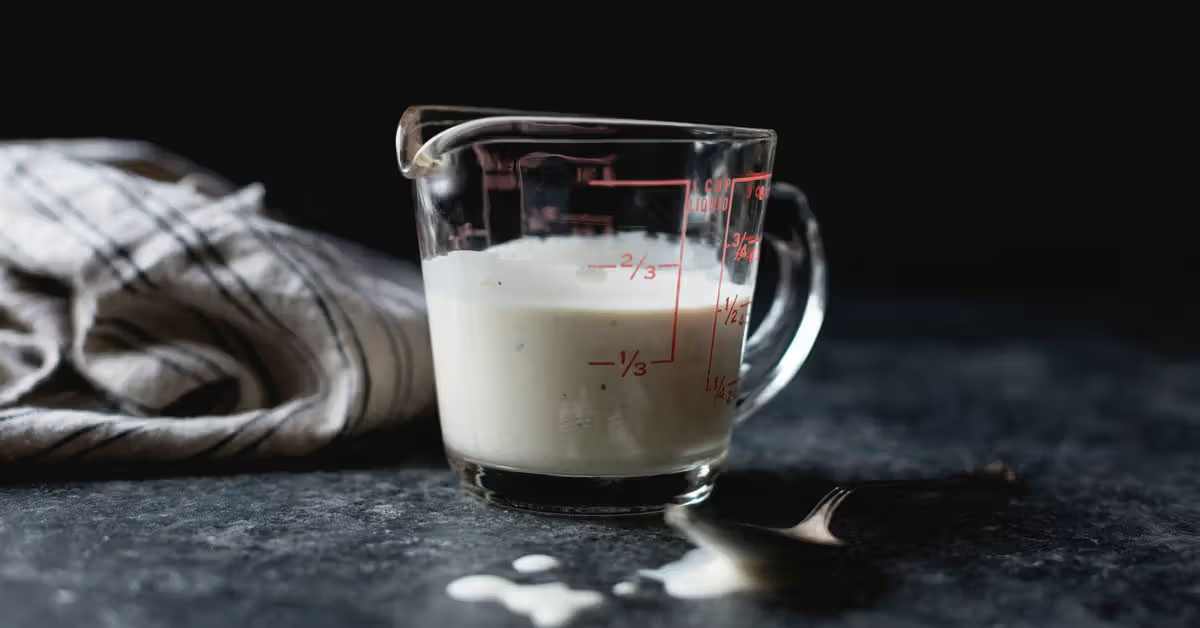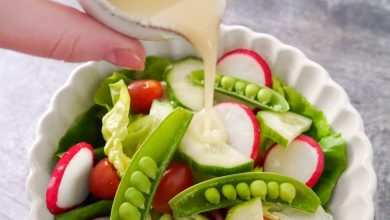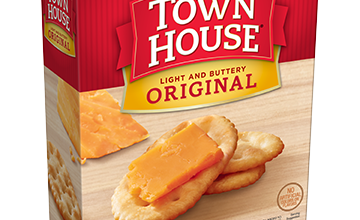Nutritious Pie Pumpkin: Benefits, Nutrients & Creative Cooking Tips
Pie Pumpkin – Nutritional Breakdown and Preparation Insights
Pie pumpkin, often favored for its sweetness and smooth texture, is an excellent ingredient to include in both savory and sweet dishes. Commonly used for making pumpkin pies, soups, and baked goods, this versatile squash provides a wealth of nutrients, making it a healthy addition to your meals.
Nutritional Information per 100g of Pie Pumpkin:
| Nutrient | Amount |
|---|---|
| Energy | 243 kcal |
| Protein | 3.9 g |
| Total Fat | 9.75 g |
| Saturated Fat | 1.988 g |
| Carbohydrates | 34.83 g |
| Fiber | 1.8 g |
| Sugar | 18.88 g |
| Calcium | 64 mg |
| Iron | 0.9 mg |
| Magnesium | 14 mg |
| Phosphorus | 81 mg |
| Potassium | 167 mg |
| Sodium | 239 mg |
| Zinc | 0.39 mg |
| Copper | 0.148 mcg |
| Manganese | 0.227 mg |
| Selenium | 5.4 mcg |
| Vitamin C | 0.0 mg |
| Thiamin (Vitamin B1) | 0.177 mg |
| Riboflavin (Vitamin B2) | 0.124 mg |
| Niacin (Vitamin B3) | 1.107 mg |
| Vitamin B6 | 0.063 mg |
| Folate | 10 mcg |
| Vitamin B12 | 0.35 mcg |
| Vitamin A | 448 mcg |
| Vitamin E | 0.76 mg |
| Vitamin D2 | 0.1 mcg |
Allergen Information:
Pie pumpkins are naturally free from common allergens such as gluten, dairy, eggs, and nuts, making them a safe ingredient for those with food sensitivities or allergies. However, individuals with sensitivities to other squash or gourd varieties should proceed with caution.
Dietary Preferences:
- Vegan: Suitable for vegan diets.
- Vegetarian: Ideal for vegetarians.
- Gluten-Free: Naturally gluten-free, making it perfect for those avoiding gluten.
- Low in Fat: While it contains some fats, pie pumpkin is relatively low in saturated fat, making it a heart-healthy option when used in moderation.
- Rich in Vitamin A: An excellent source of vitamin A, which is essential for eye health and immune function.
Preparation Tips:
- Baking: To prepare a pie pumpkin for cooking or baking, slice it in half, remove the seeds, and roast it in the oven until soft. This process brings out its natural sweetness and soft texture, perfect for pureeing into pies or soups.
- Boiling: Alternatively, you can boil pie pumpkin chunks for a softer texture to incorporate into soups, stews, or mash.
- Blending: After cooking, blend the pumpkin flesh into a smooth puree, which can be used in a variety of recipes ranging from baked goods like pumpkin bread to savory dishes such as pumpkin risotto.
Conclusion:
Pie pumpkins are a nutritional powerhouse, providing a healthy dose of fiber, vitamins, and minerals while being low in calories and fat. They are versatile in cooking and can be enjoyed in a wide range of dishes, from comforting pies to hearty soups. Whether you’re seeking a nutrient-packed snack or looking to incorporate more seasonal flavors into your meals, pie pumpkin is a delicious and healthful choice.
